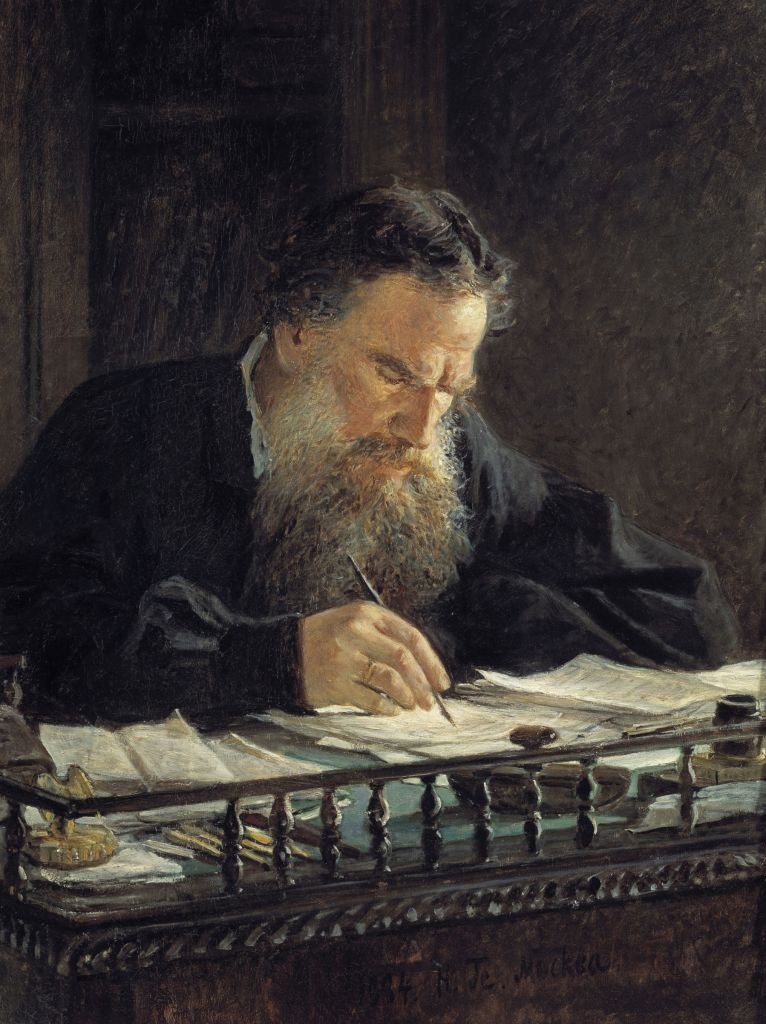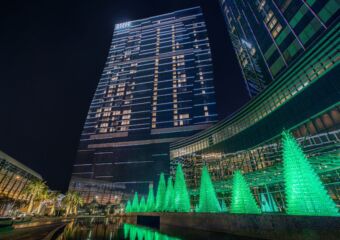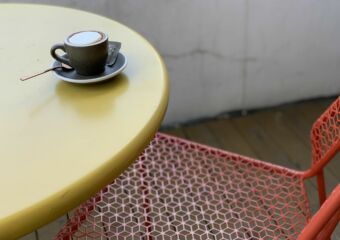To celebrate its upcoming 20th anniversary, the Macao Museum of Art partnered with the State Tretyakov Gallery in Moscow, Russia to showcase one of the most grandiose exhibitions in the museum’s history. Read on to learn why you should not miss the “Masterpieces of Russian Art” exhibition.
State Tretyakov Gallery
Tretyakov Gallery in the heart of Moscow is a museum complex with the biggest collection of Russian art in the world. Founded by a merchant Pavel Tretyakov, a keen art collector, it accommodates artworks from the 11th to 20th century. Tretyakov gathered more than 2000 pieces that he later generously donated to the city of Moscow. Now, the collection has up to 180 000 exhibits. Thus, it has become a retrospective of Russian art from ancient Orthodox icons to modern and contemporary masterpieces like “Black square” by Kazimir Malevich.
Masterpieces of Russian Art
To introduce multifaceted Russian art and cultural highlights to the Macau public, Tretyakov Gallery brought 70 artworks that represented three periods. First one is romanticism and classicism of 18th and the beginning of 19th centuries. The second period gathers style and trend diversity of the second half of the 19th and the first half of the 20th century. Finally, the third one is Soviet art during the USSR era. While Russian avant-garde is well known and beloved on the world art stage, classicism, romanticism and social realism are rare guests in foreign museum halls. However, they represent important milestones of Russian art history.
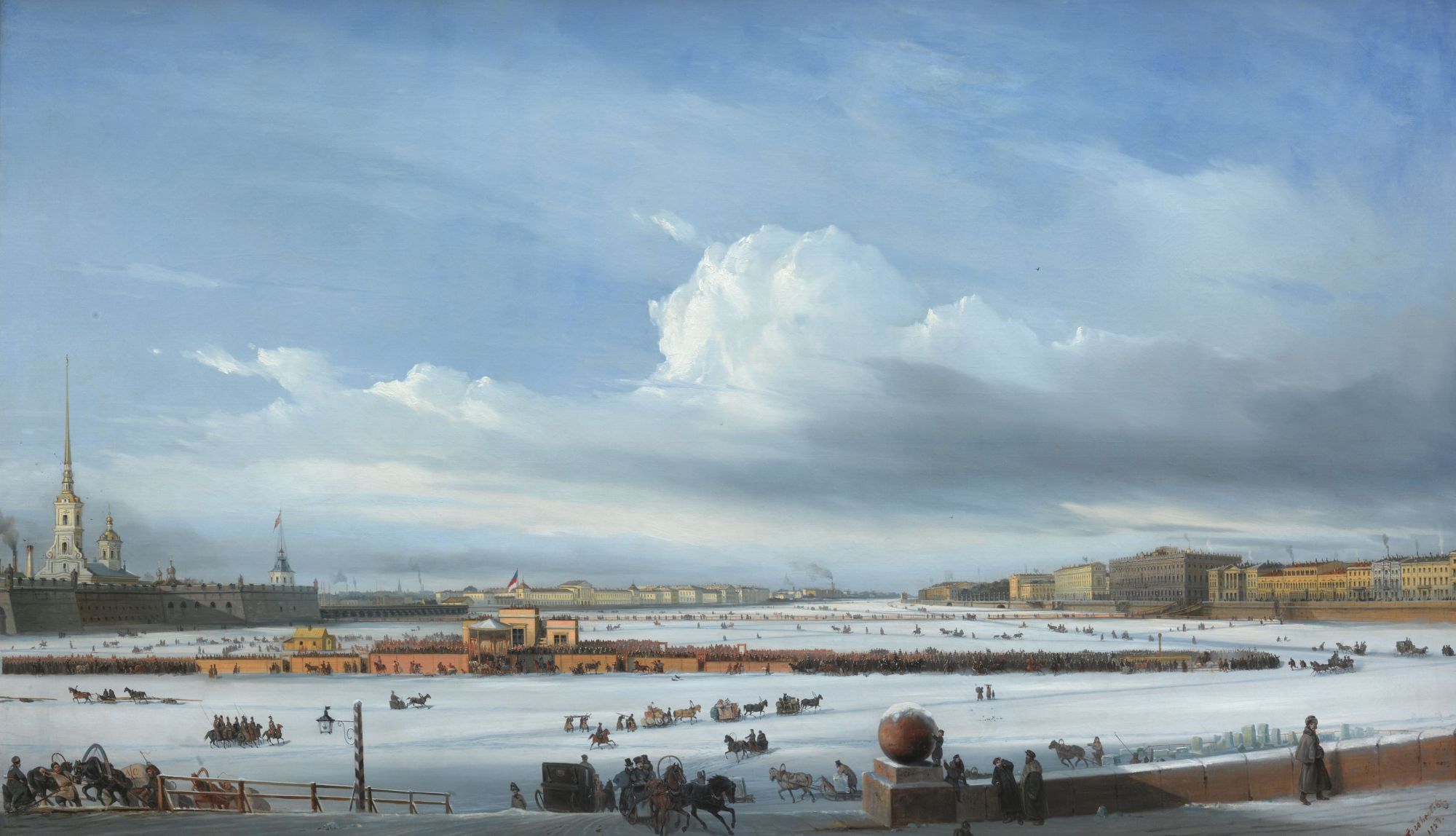
Sledging on the Neva River, Alexei Petrovich Bogolyubov, 1854
Russian Renaissance
Global changes caused by political reform of Peter the Great gave rise to secular art. The founding of the Russian Academy of Art, inviting European masters to Russia and sending students to study abroad contributed to significant cultural changes and generated many talented artists. Mostly influenced by French and Italian traditions, Russian art evolved from medieval to modern.
Supported by the Russian Academy of Art, classicism appeared and dominated until 1830, replaced by romanticism. The first half of the 19th century became a local Rennasaince that brought big names in literature, music, art and other fields. This prosperous period is known as the “golden age” of Russian culture. Two of its finest representatives are renowned writers Aleksandr Pushkin and Nikolay Gogol. Pushkin’s sculpture and Gogol’s portrait are now in the Macau Museum of Art.
Among the 70 masterpieces that traveled to Macau, there are two large-scale panoramic paintings. One of them is a canvas of Moscow Kremlin and the other is of Saint Petersburg’s Neva river. These are the present capital of the Russian Federation and an ex-capital of Imperial Russia. The two capitals inspired many artists throughout the centuries.
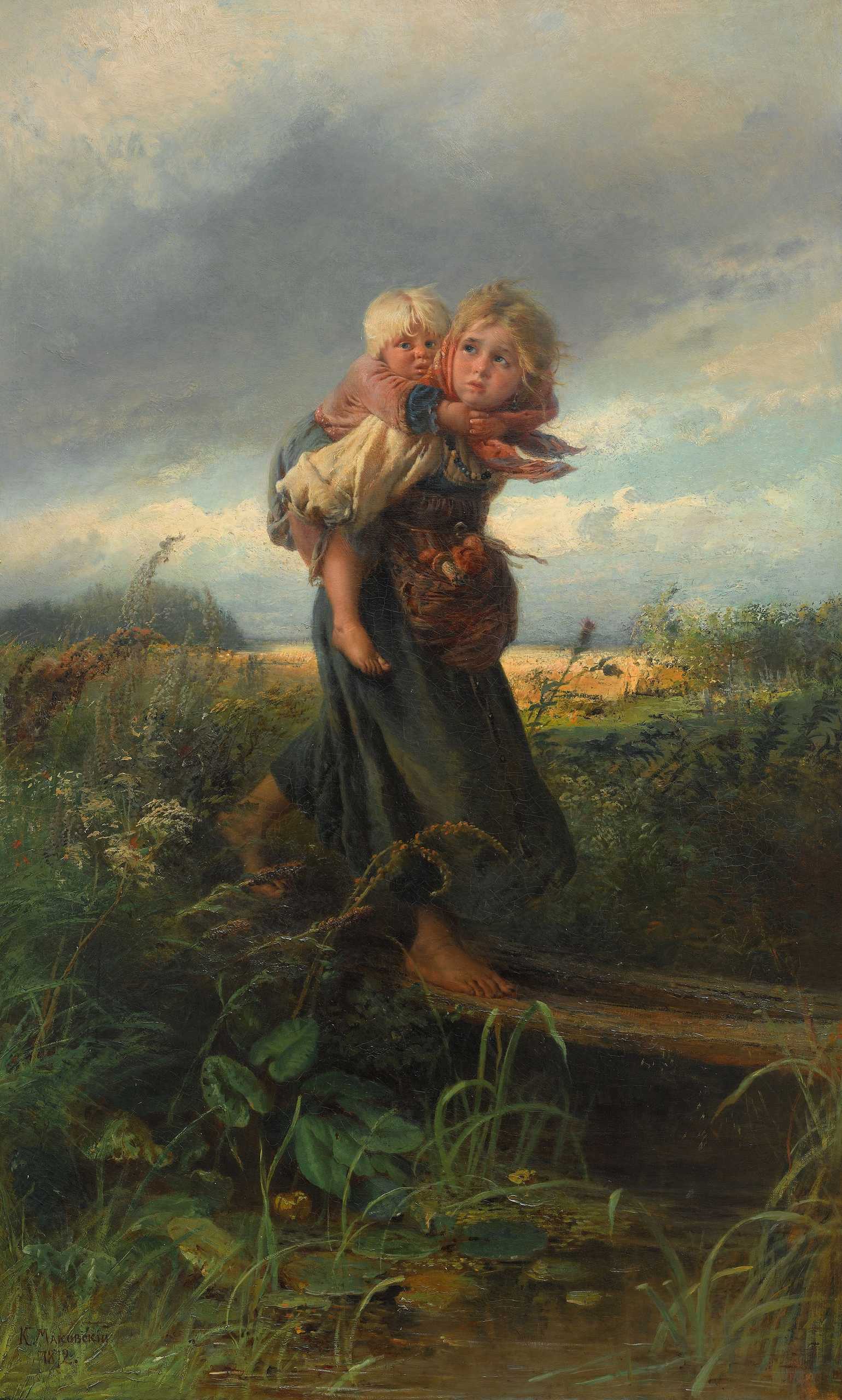
Children Running from a Thunderstorm, Konstantin Yegorovich Makovsky, 1872
Russian Realism
Russian realism in fine arts was illustrated by members of the Society of Itinerant Exhibitions. The peasantry, everyday life and rural landscape inspired the Itinerants. They believed that aristocrats should be closer to common people and nature. Among the typical features of their work is the psychological depth in the portraits such as in the portrait of Lev Tolstoy by Nikolay Ge.
Thus, artists often choose to paint common people and their daily life and struggles. One such example is Konstantin Makovsky’s “Children running from a thunderstorm” that depicts peasant children waiting for nature to strike.
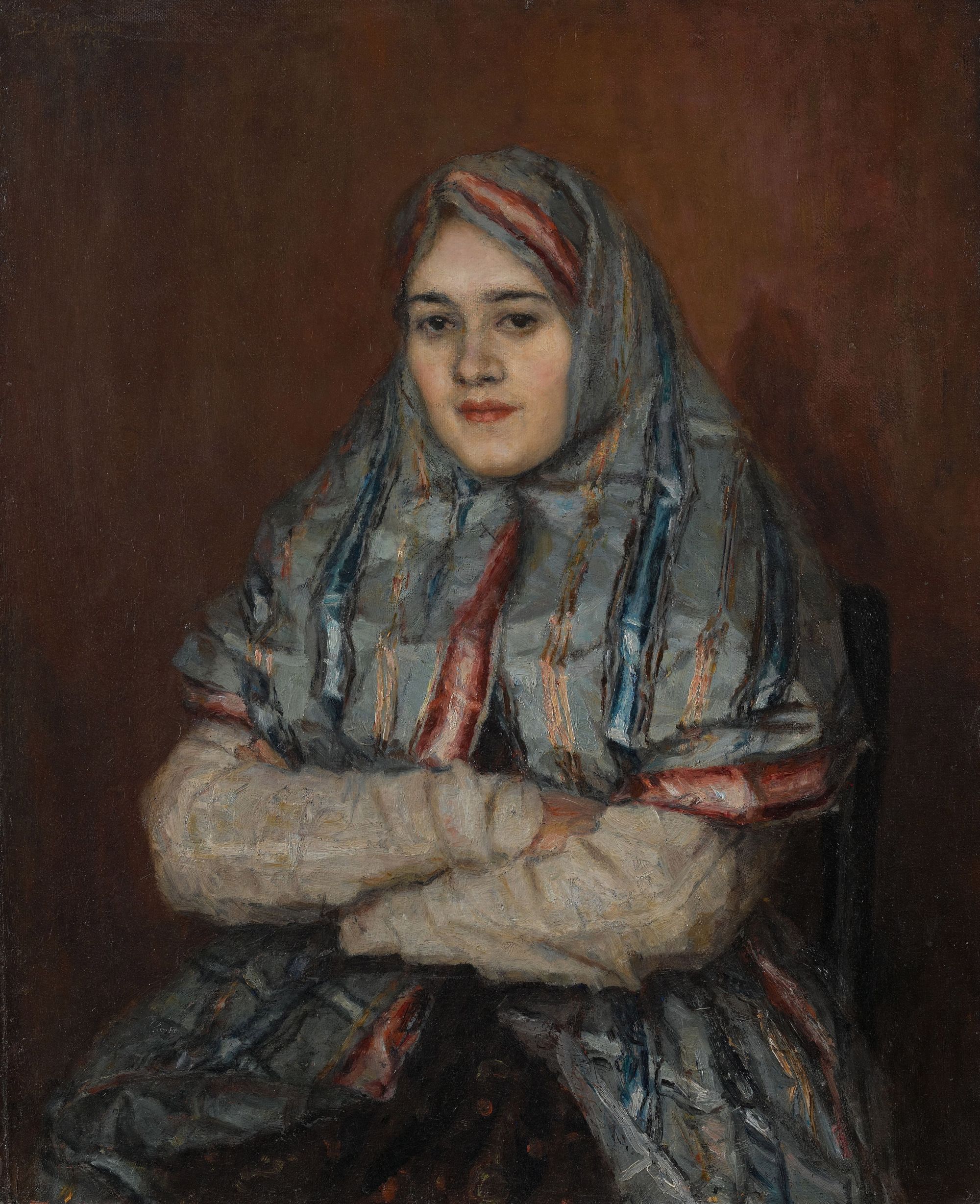
Townswoman. Portrait of Alexandra Ivanovna Emelyanova, Vasily Ivanovich Surikov, 1902
Additionally, in their desire to get closer to common people, artists used peculiar art techniques. Take a look at “Townswoman. Portrait of Alexandra Ivanovna Emelyanova” by Vasily Surikov. In fact, Emelyanova was a noble lady, born to a merchant family. Yet, the artist “dresses” the heroine up in a traditional costume to transform her into a village woman.
Besides, this era also brought outstanding masters of landscapes like Ivan Shishkin, famous for his painting of a forest. One of them is currently in the exhibition.
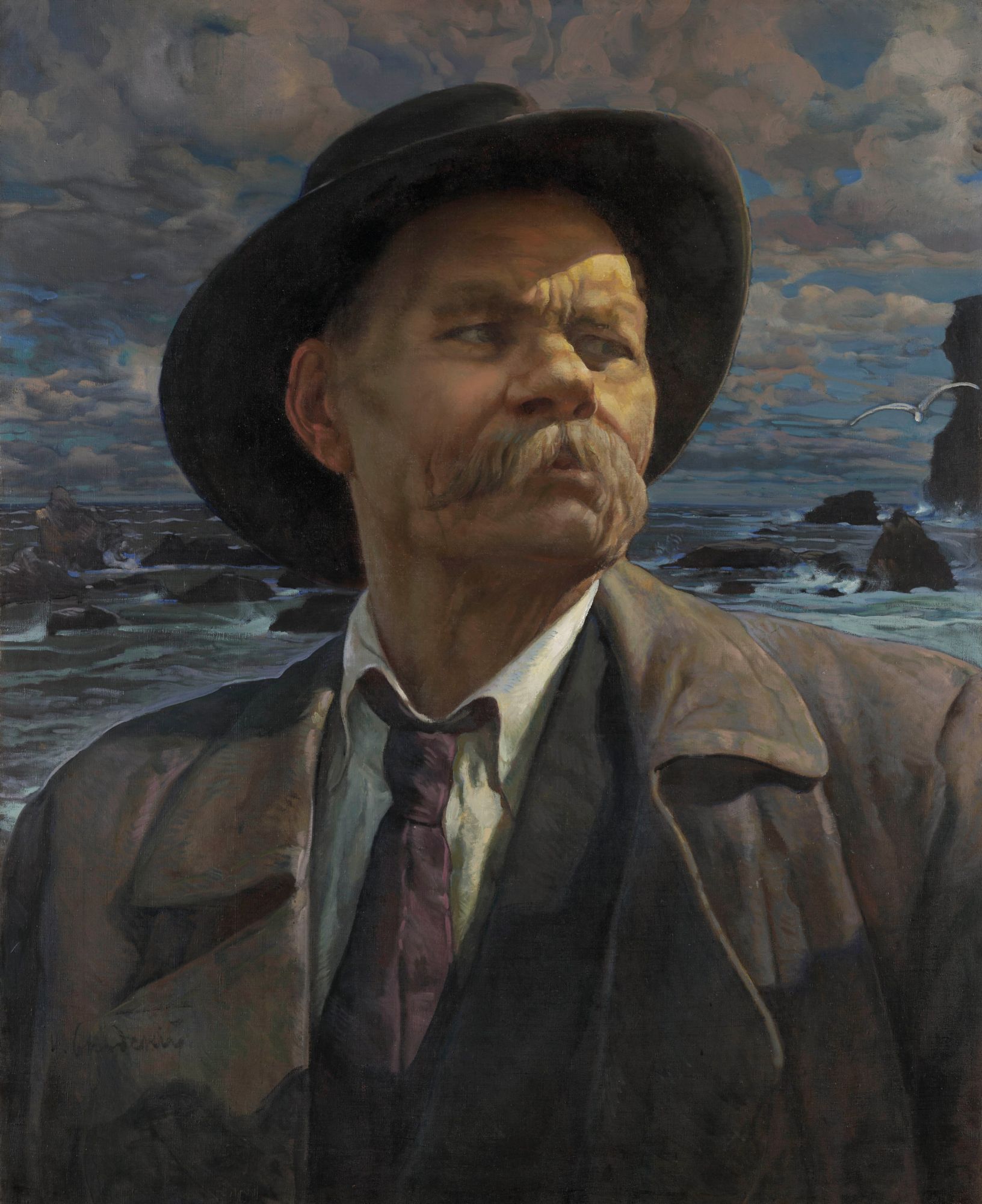
Portrait of Alexei Maximovich Gorky [Maxim Gorky], Isaak Izrailevich Brodsky, 1936
Soviet art
Unfortunately, the beginning of the 20th century brought a number of traumatizing events to Russia. Thus, Russian modernism and avant-garde eventually had to give way to social realism. Enforced by the Soviet Party, it became a part of the propaganda and the only supported style in fine arts. Due to the Party, the rest of them were seen as anti-soviet and decadent, like the post-impressionistic and fauvistic paintings of Ilya Mashkov. He later adapted his style to one that’s more acceptable by the Soviets. One of his works, “Moscow food. Loaves of bread” is now in the Macao Museum of Art.
Social realism reflected the Soviet ideology, praised the Revolution, proletariat and common people. Maxim Gorky was one of the biggest supporters and famous representatives of social realism. His portrait by Isaak Brodsky is a fine example of this style.
Masterpieces of Russian Art from the State Tretyakov Gallery
When: January 19—April 22, 2019
Where: Macao Museum of Art, Avenida Xian Xing Hai, NAPE, Macau
How much: Free admission
For more information, call +853 8791 9814, email [email protected] or browse through the event’s page

